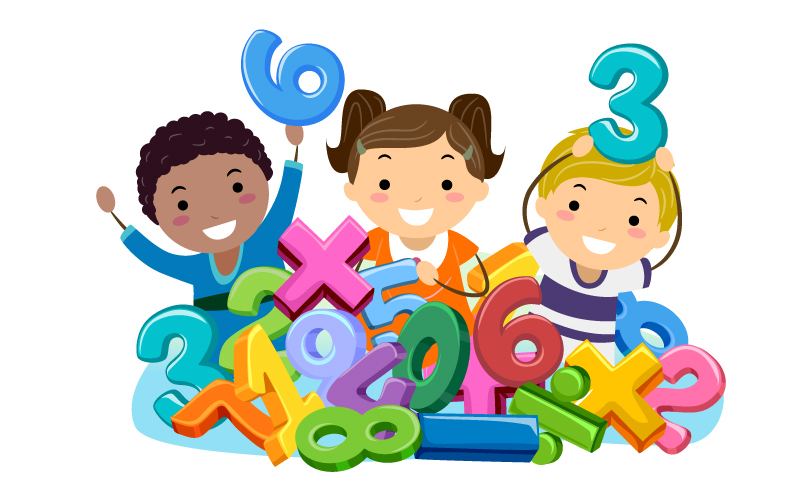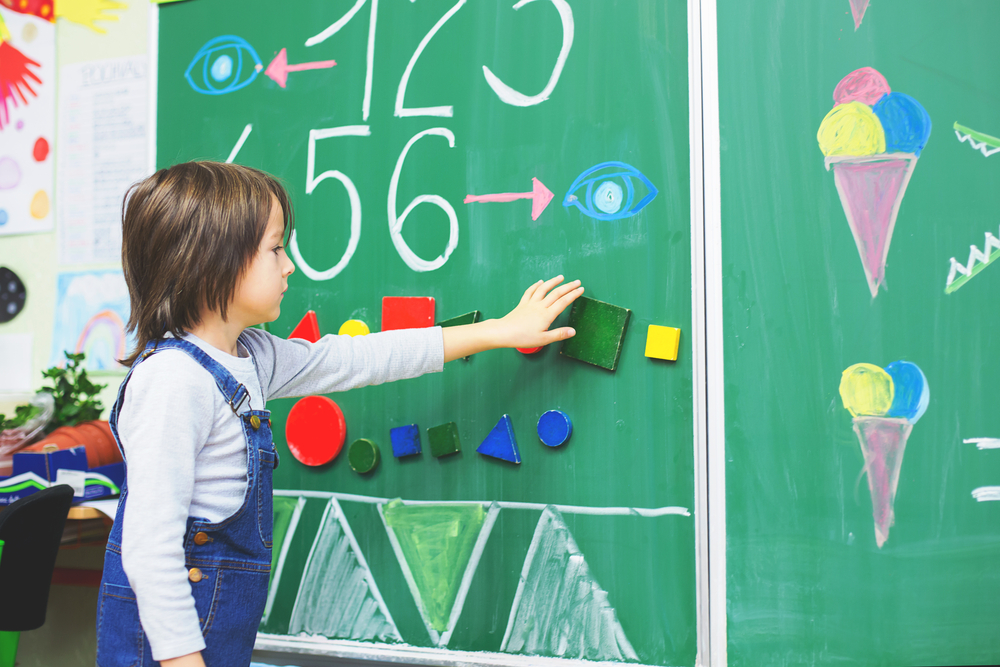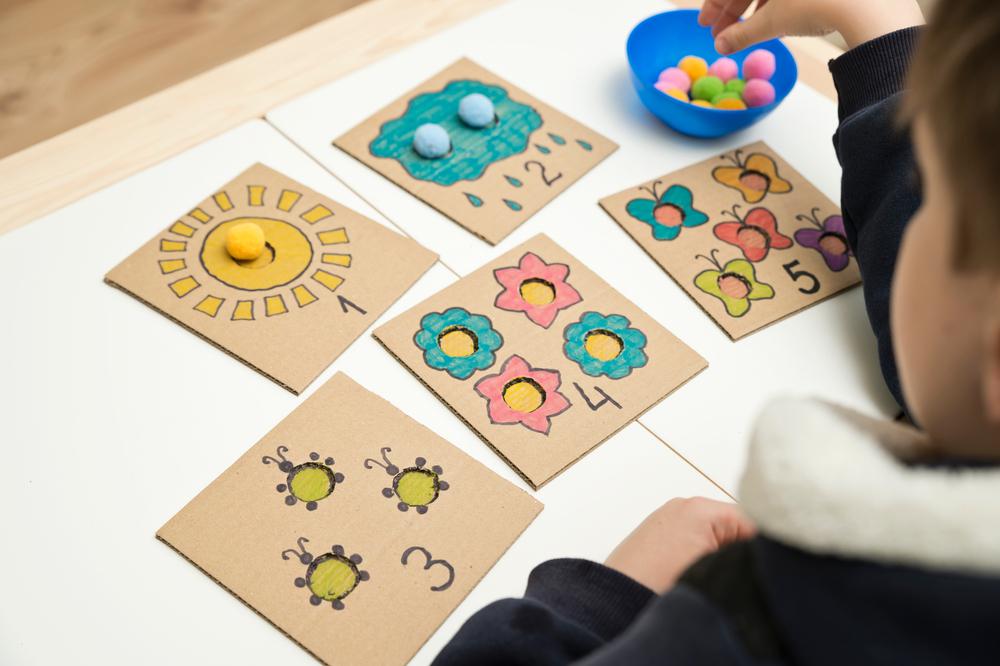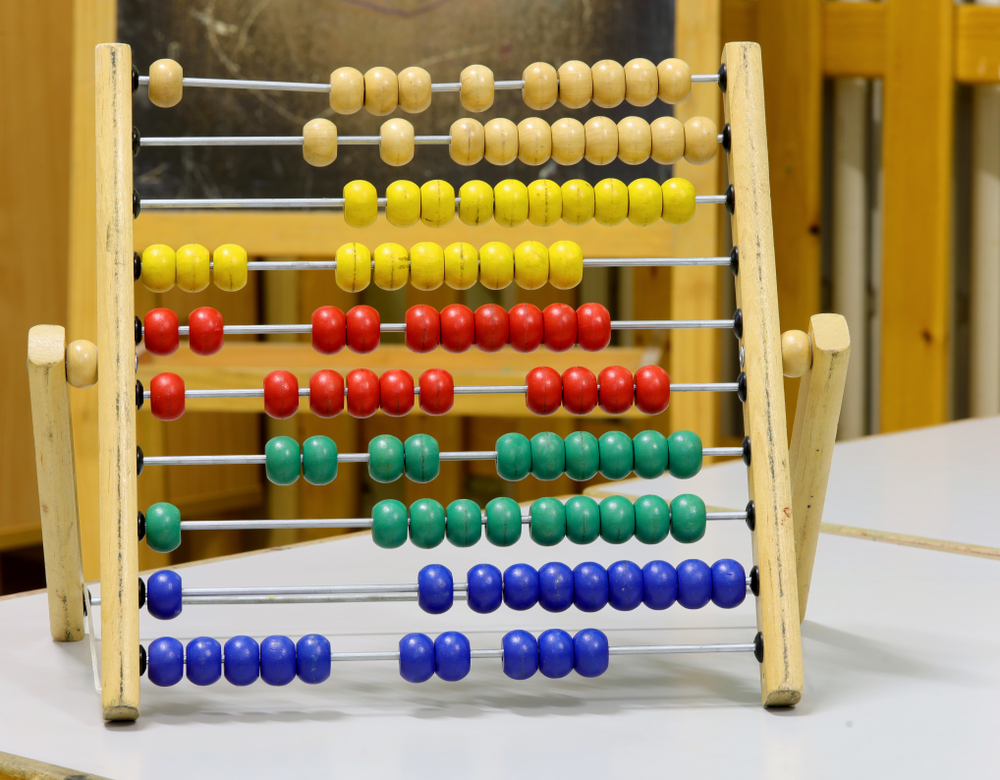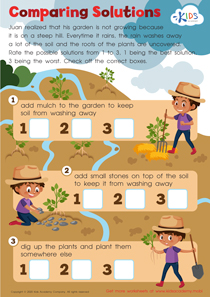Understanding skip-counting Skip Counting Worksheets for Ages 6-7
3 filtered results
-
From - To
Boost your child's math proficiency with our engaging "Understanding Skip Counting" worksheets, tailored for ages 6-7. These fun-filled worksheets help young learners grasp the fundamentals of skip counting, enhancing their number sense and preparing them for more advanced arithmetic concepts. Designed by educational experts, the activities feature colorful graphics and interactive exercises to maintain interest and motivation. Through practice, children will smoothly navigate numbers by 2s, 5s, and 10s, building confidence in their counting skills. Empower your child to excel in math with these essential skip counting worksheets from Kids Academy!
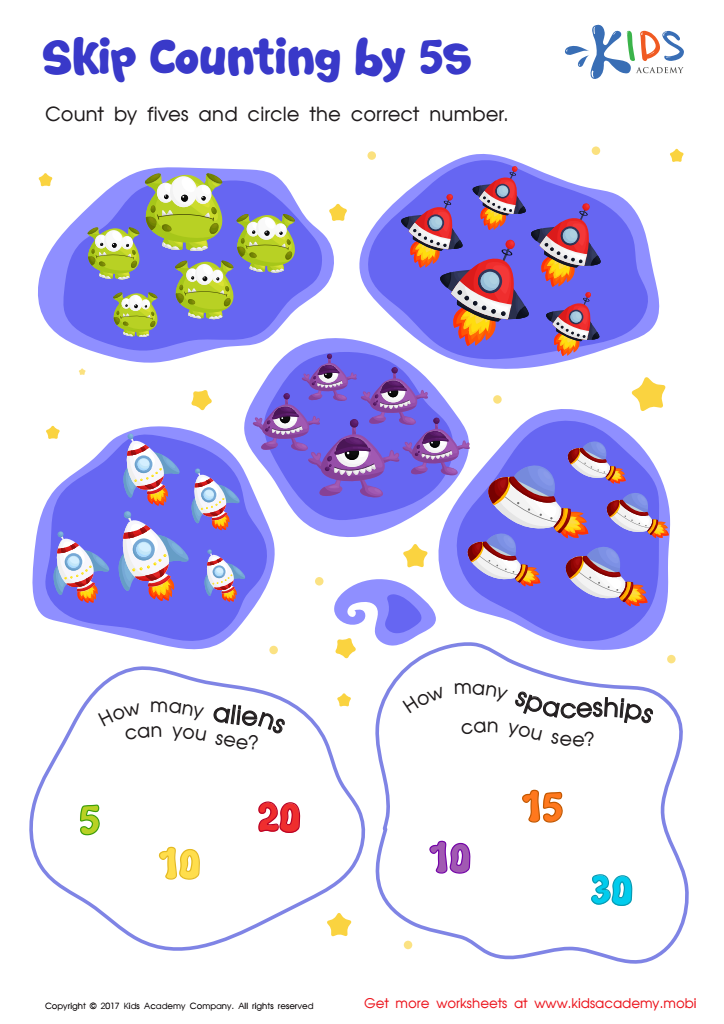

Skip Counting by 5s: Aliens and Spaceships Printable
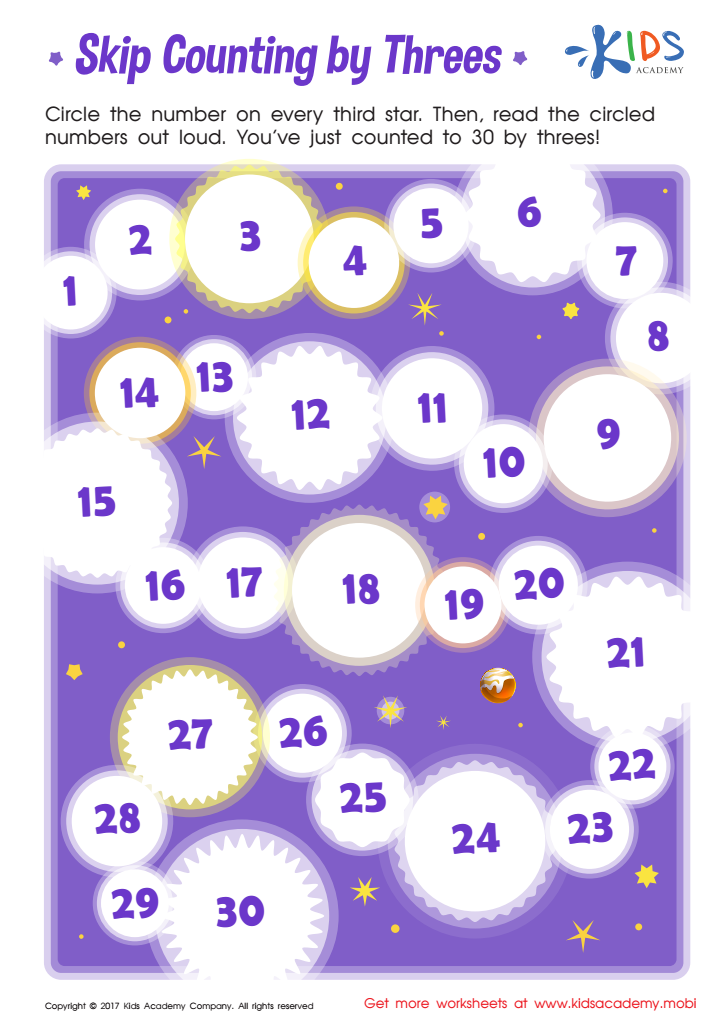

Skip Counting By Three Printable


Learn Dozens: Skip Counting by Tens Printable
Understanding skip-counting is vital for children aged 6-7 as it lays the foundation for more advanced mathematical concepts. Skip-counting, often introduced in the early grades, involves counting by a specific number, such as by twos, fives, or tens. This practice enhances number sense, which is the ability to understand and manipulate numbers instinctively.
Firstly, skip-counting aids in grasping the idea of multiplication and division. When children can count by fives or tens, they naturally start to recognize patterns and relationships between numbers, preparing them for multiplication tables and division problems. This early exposure to arithmetic sequences simplifies their learning process later on.
Secondly, it is a practical skill. Outside the classroom, children encounter situations where skip-counting is useful, such as counting money, telling time, or grouping objects. Familiarity with this concept can boost their confidence and independence in everyday tasks.
Moreover, skip-counting fosters cognitive development and problem-solving abilities. It encourages children to think analytically and organize information logically, which are crucial skills across all subjects.
Parents and teachers should care about teaching skip-counting because it not only supports mathematical proficiency but also promotes practical life skills and cognitive growth, equipping children with a strong foundation for their future education.

 Assign to My Students
Assign to My Students


